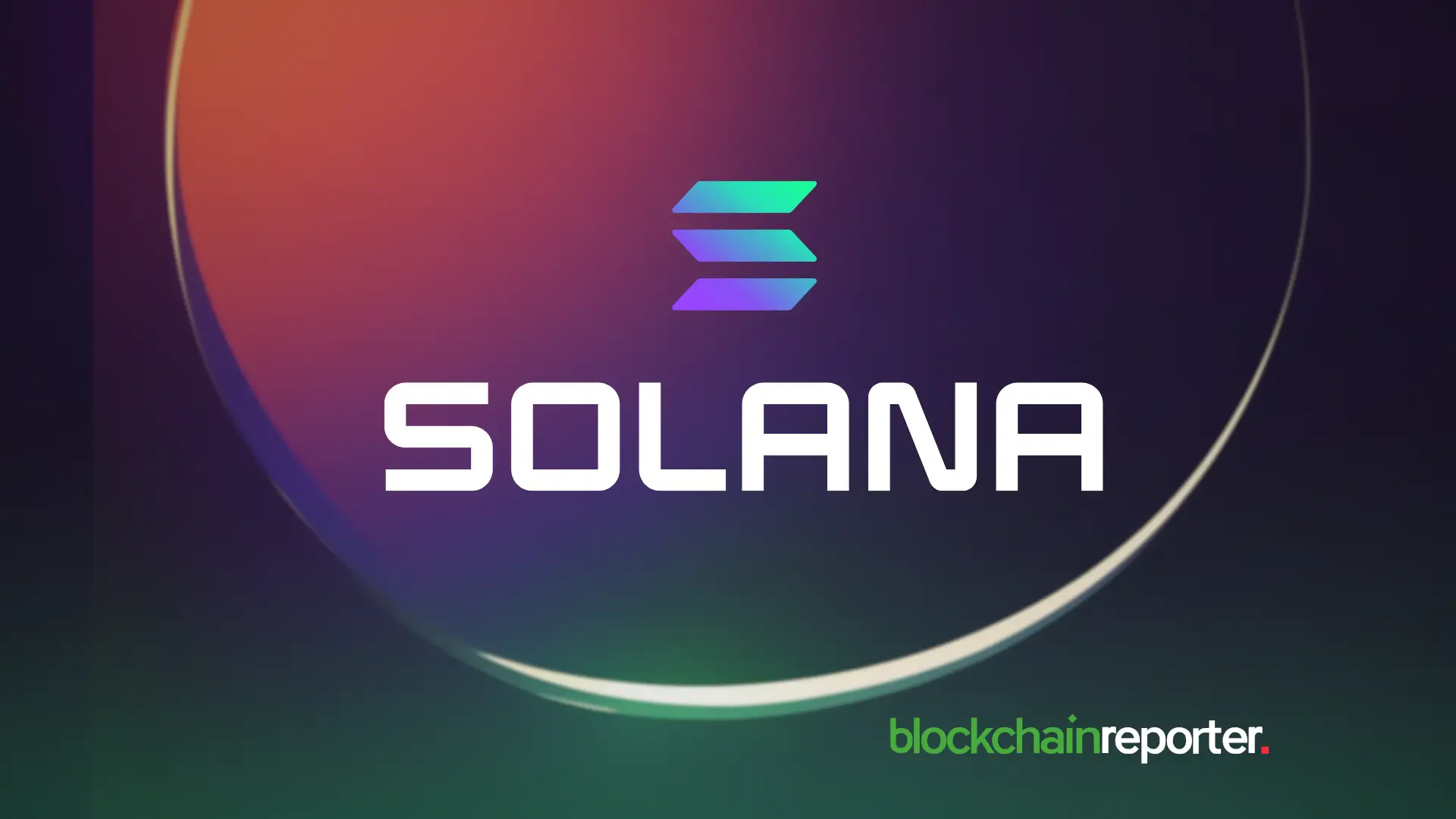
High-speed, low-fee Layer-1 Solana has been one of blockchain’s biggest success stories of recent years. While there are many reasons for this, scalability ranks high on everyone’s list: Solana’s architecture, particularly its parallel-processing ability and Proof-of-History consensus, allows it to scale without compromising performance.
While most projects on Solana are busy pumping memecoins or tweaking DeFi staples, though, one outlier is quietly forming the building blocks of something bigger: a decentralized storage solution to turbocharge the network’s momentum for years to come. That’s right, even the most scalable blockchains benefit from their own dedicated scaling project.
Solana’s Inexorable Rise
Scalability aside, Solana’s been on quite a march over the last few years. Daily active users? Surging. Transaction volume? Through the roof – with 24-hour DEX trading outpacing Ethereum. As for Total Value Locked (TVL), it’s now sitting at a healthy $8.6 billion. While not exactly snapping at the heels of Ethereum, Solana’s now comfortably the second-biggest DeFi blockchain.
It isn’t a matter of luck either; it’s engineering. Solana’s ability to crank out 65,000 transactions per second (TPS) at fees so low they’re basically pocket lint has turned it into a lodestone for builders and users. Launched in 2020, the network came out of the gate built for speed – and it’s paying off handsomely.
The developer scene is just as hot. Devs flocked to Solana en masse last year, building dApps, participating in hackathons, and competing for grants. At the protocol level, memecoin launchpad Pump.fun became one of the chain’s biggest ever hits, motivating users to churn out memecoins like there was no tomorrow. It’s fair to say the temperature hasn’t cooled since: there was a 12-fold increase in new token launches in January 2025 compared to the same period last year.
Amid all the trading and token hype, one project is tackling a long-standing problem most aren’t touching with a bargepole: storage.
A Blockchain Xanadu
Scalability clearly isn’t Solana’s Achilles heel, at least where speed is concerned: the blockchain’s TPS is on a par with Visa’s global payment network. What Xandeum wants to do is scale Solana for space.
Blockchain’s storage constraints are fairly well documented. While decentralized ledgers are great at crunching code and shuffling small bits of data, ask them to store anything beefy and they choke.
Where web2 apps lean on huge servers to handle petabytes of user data, web3 is stuck in the dark ages, stripping out storage to fit the blockchain mold. Xandeum’s mission is to flip that script, grafting an infinitely scalable storage layer onto Solana’s lightning-fast backbone.
The result? A new breed of data-heavy applications – sedApps (storage-enabled dApps) – to rival traditional centralized services. Leveraging Xandeum’s vast, Solana-secured distributed file system, sedApps let developers operate at web2 efficiency and scale, without foregoing blockchain’s trust guarantees.
What sets Xandeum apart is its ambition. With Pump.fun busy minting the next viral dog coin, Xandeum has a loftier goal: make Solana the foundation for a web3 that doesn’t just trade fast but thinks big. In short, it’s on a mission to smash DeFi’s glass ceiling and inspire a tsunami of innovation that could make today’s memecoin craze look absolutely ridiculous. (Scratch that, it already looks absolutely ridiculous.)
Solana’s recent years have been a masterclass in momentum – price, users, devs, you name it. Beyond memecoins, though, there’s a small army of uber-talented developers busy building impactful solutions for DeFi’s next epoch.
With its bet that storage is the missing link to unlock web3’s next big bang, Xandeum is certainly one of them. It’s one to watch.









